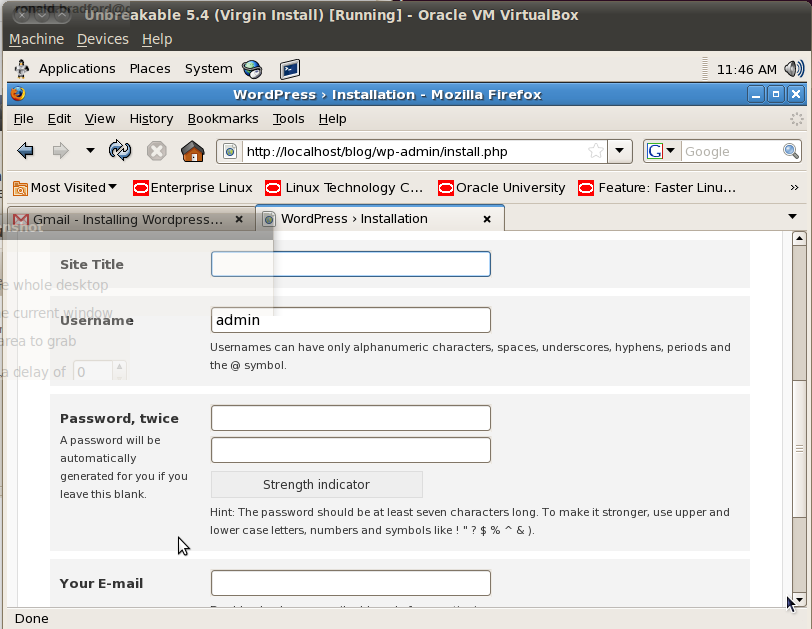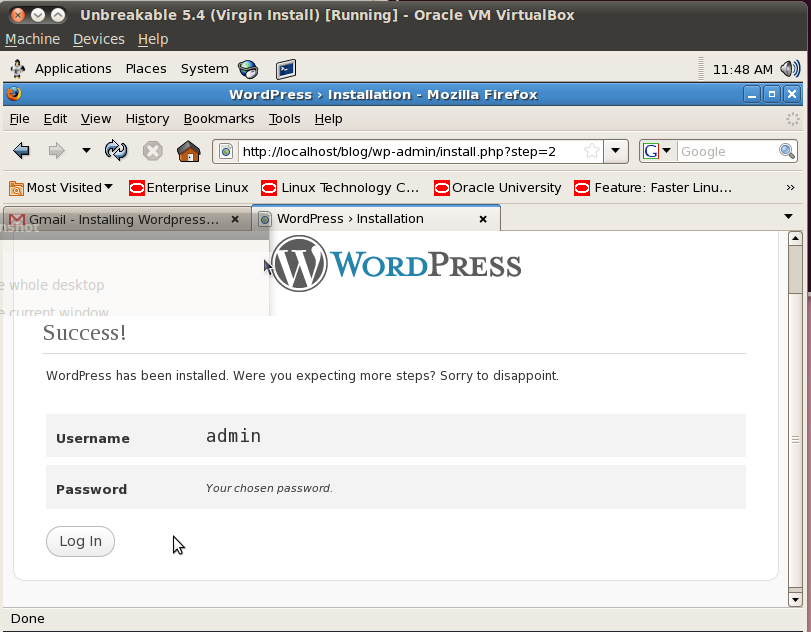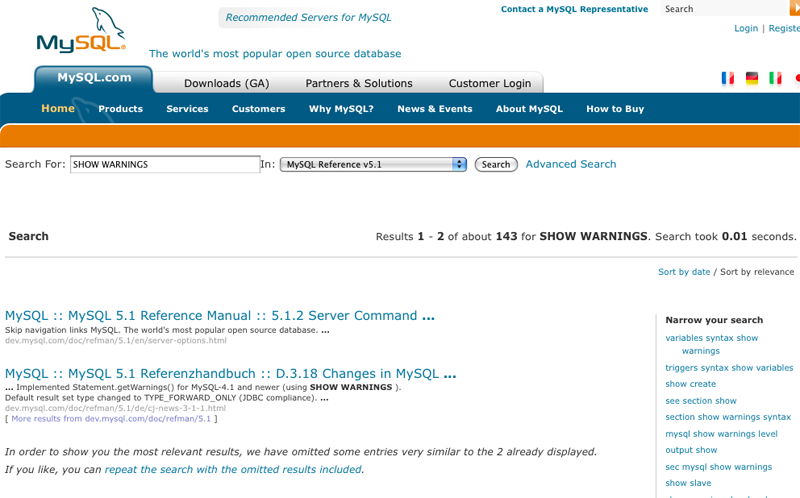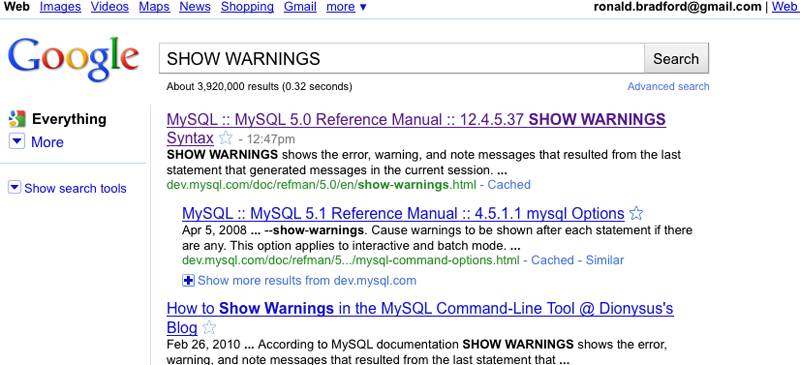Next year will mark a significant change for the MySQL community. At least three major conferences will have dedicated MySQL content that is great for attendees getting the best information on how to use MySQL from the experts in the field.
O’Reilly MySQL Conference & Expo
The 9th Annual MySQL conference will be held at is usual home of recent years. Colin will again be back as committee chair for a 3rd year and this will be my 6th straight MySQL conference.
Date: April 11 – 14, 2011
Location: Hyatt Regency, Santa Clara, California
Website: There is no website at this time
Call for Papers: There are no details for call for papers
Program Chairs: Colin Charles from Monty Program AB and Brian Aker.
Collaborate 11
Collaborate is a larger conference (4,000-5,000 attendees) that is actually three separate conferences in one run by the IOUG, OAUG and Quest. The IOUG content is generally a focus for Oracle DBA’s. Last year marked the first year with any MySQL sessions, and this year Collaborate will have dedicated MySQL tracks chaired by fellow ACE director Sheeri Cabral who is well known for her work in the MySQL community.
Date: April 10 – 14, 2011
Location: Orange County Convention Center West, Orlando, Florida
Website: http://collaborate11.ioug.org/
Call for Papers: Now open. Closes Friday October 1, 2010
Program Chair: Sheeri Cabral
KScope 11
ODTUG Kaleidoscope (Kscope for short) is a conference (1500 attendees) that is very focused on delivering the best content from the top community contributors for the communities benefit. 2010 was my first Kaleidoscope conference and I felt completely at home. Great people, great events and the best conference food I’ve had in many years.
With a dedicated MySQL track in 2010 for the first time I will again be the MySQL Program Chair in 2011 with an extended format for the MySQL developer and DBA. The focus will be the best way to develop successful applications with MySQL and will include Architecture, Performance Tuning, Best Practices, Case Studies and Hands-On streams.
Date: June 26 – 30, 2011
Website: http://kscope11.com
Location: Long Beach, California
Call for Papers: Closes Tuesday October 26, 2010
Program Chair: Ronald Bradford – Independent Consultant
Recap
2010 is also not over. MySQL Sunday at OOW promises to be a great event in San Francisco in under 2 weeks. You can still register at a very cheap price of $75 for 4 dedicated tracks of MySQL content. Open SQL Camp being organized also by Sheeri in Boston in October will continue the tradition of a small but focused and free event for the MySQL community.










